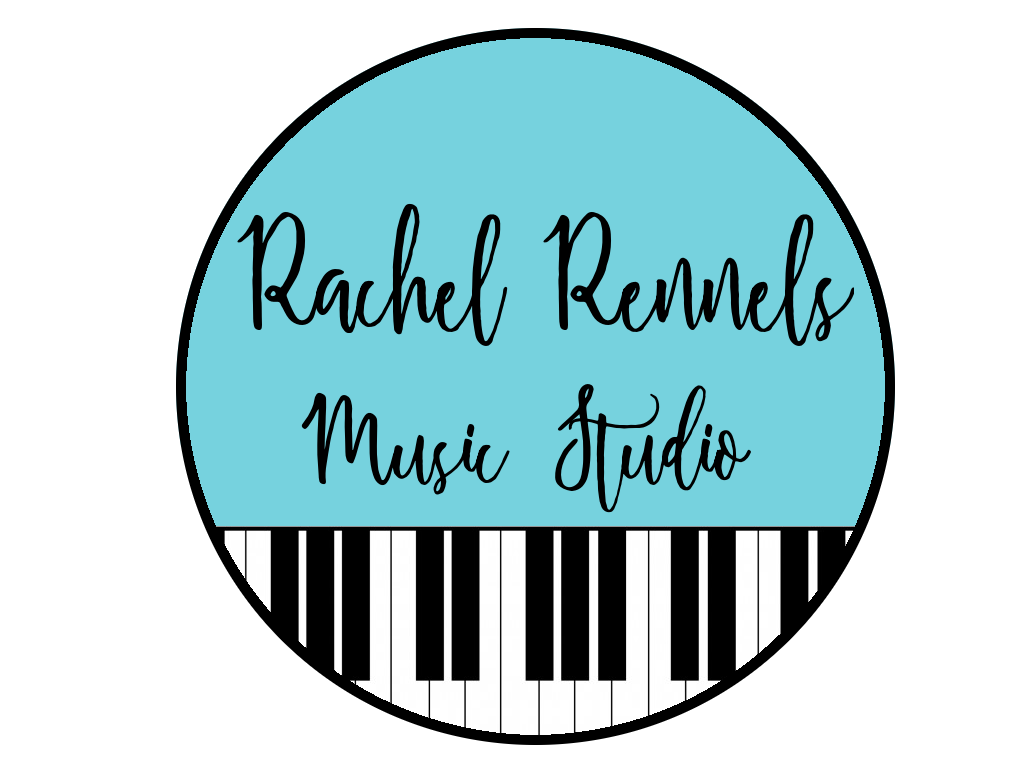"More than fifty years ago, Japanese violinist Shinichi Suzuki realized the implications of the fact that children the world over learn to speak their native language with ease. He began to apply the basic principles of language acquisition to the learning of music, and called his method the mother-tongue approach. The ideas of parent responsibility, loving encouragement, constant repetition, etc., are some of the special features of the Suzuki approach." -Suzuki Association of the Americas
WHAT IS THE SUZUKI METHOD?
The Suzuki method is a unique method geared toward young beginners. It differs from traditional methods in that it fosters a musical, nurturing relationship between the child, parent, and teacher. Students learn to play well-known folk songs right away by
WHY I TEACH SUZUKI
I teach the Suzuki Method because I believe it is a natural and rewarding way to introduce music to students at a young age. It provides them with the opportunity to play pieces that would not normally be attainable by a beginner and allows them to develop
